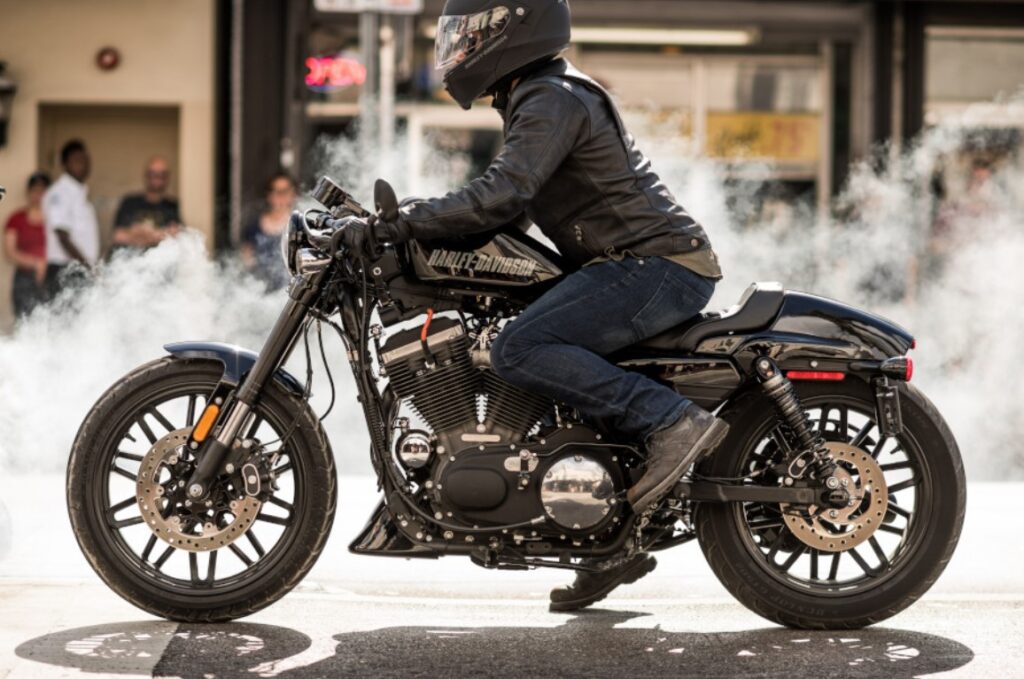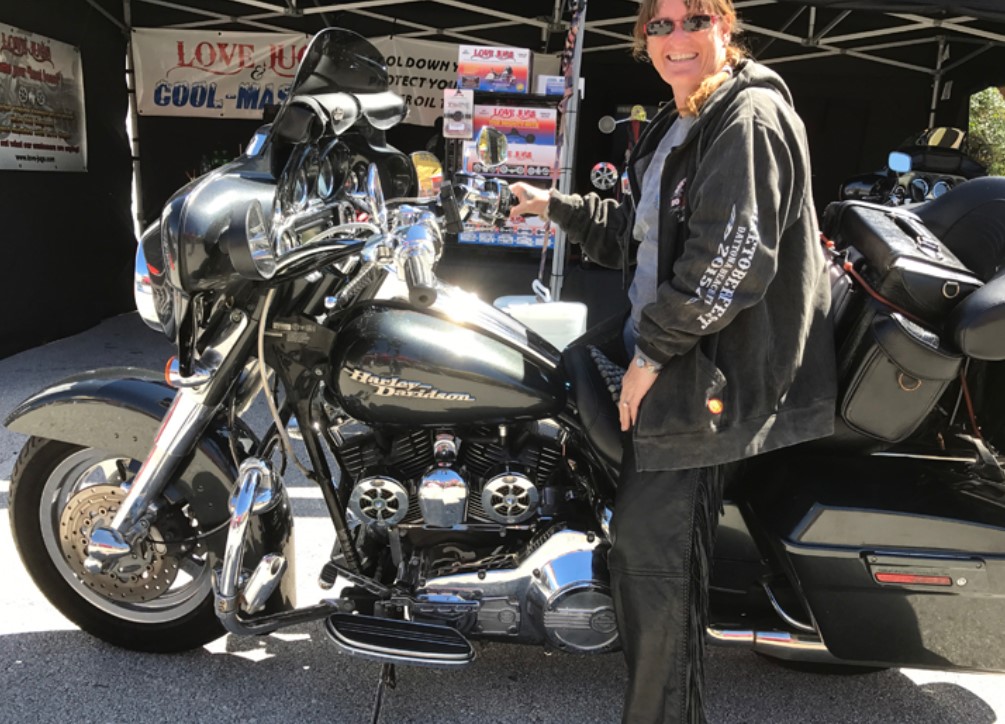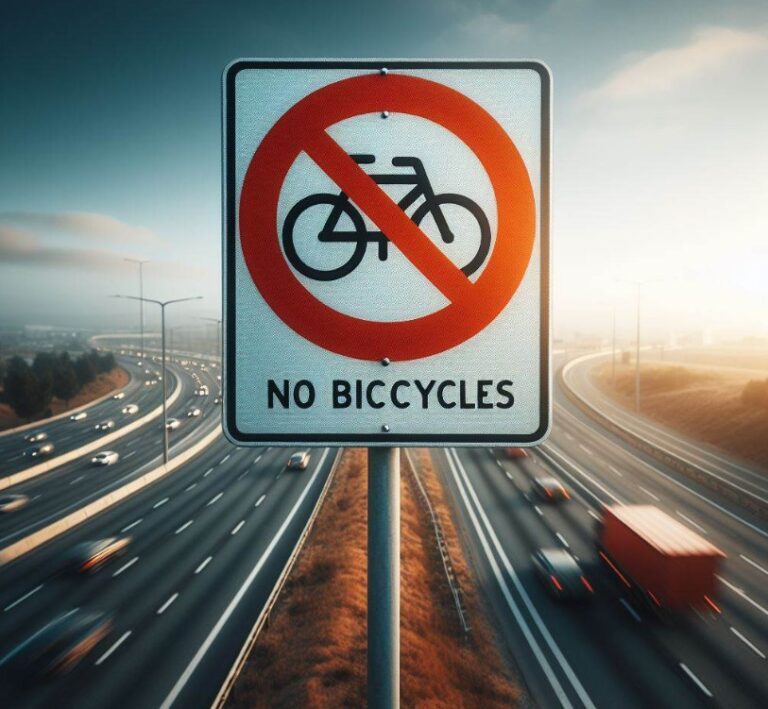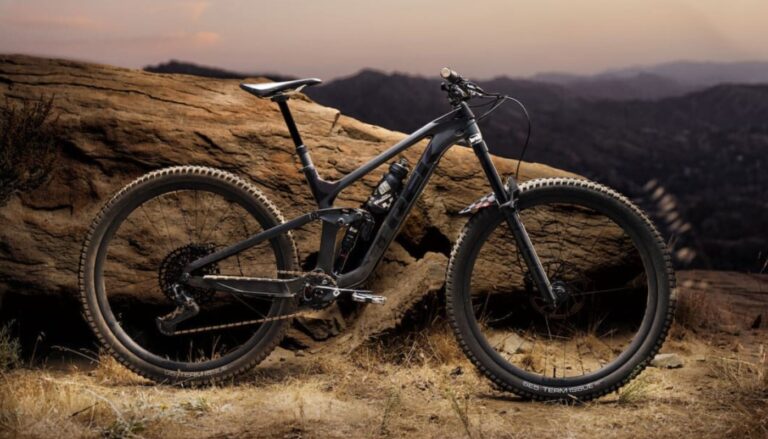How Hot Can A Motorcycle Engine Get? Answered
When it comes to understanding the functionality of motorcycles, a key aspect is knowing about the engine’s heat generation. Are you looking for How Hot Can A Motorcycle Engine Get? This is a crucial question for both enthusiasts and everyday riders. This article delves deep into this topic, providing comprehensive insights. The heat of a motorcycle engine varies based on several factors including the engine type, usage conditions, and the bike’s design.
Key Takeaways
- Motorcycle engines can reach high temperatures, often between 200°F and 230°F.
- Factors like engine type, design, and ambient conditions affect these temperatures.
- Excessive heat can lead to engine damage and decreased performance.
- Proper maintenance and understanding of cooling systems are vital for heat management.
How Hot Can A Motorcycle Engine Get?
A motorcycle engine can typically get as hot as 200°F to 230°F during normal operation. However, under strenuous conditions or in very hot weather, the temperature can rise higher, especially for air-cooled engines.

Understanding Engine Heat
Motorcycle engines generate heat as a byproduct of combustion. This heat is a critical aspect of engine performance and longevity.
The Science Behind Engine Heating
The internal combustion process generates significant heat. As fuel burns, it releases energy, part of which is converted into heat. This heat is essential for the engine’s operation but needs to be controlled to prevent damage.
Factors Influencing Engine Temperature
Various factors influence how hot a motorcycle engine can get. These include the engine design, the cooling system in place, and the ambient temperature. For instance, air-cooled engines might run hotter in high ambient temperatures compared to liquid-cooled engines.
Types of Motorcycle Engines
Motorcycle engines come in different types and designs, each with unique heating characteristics.
Air-Cooled Engines
Air-cooled engines dissipate heat directly into the air. They are simpler but can get quite hot, especially in traffic or hot weather.
Liquid-Cooled Engines
Liquid-cooled engines use a coolant to transfer heat away from the engine. This system is more efficient at heat management, especially under strenuous conditions.
Impact of Engine Heat
High temperatures can have significant impacts on a motorcycle engine.

Performance Implications
Excessive heat can lead to reduced engine performance. It can cause the oil to thin out, reducing lubrication and increasing wear on engine components.
Long-Term Damage
Prolonged exposure to high temperatures can cause long-term damage to the engine. Components can warp or break, leading to costly repairs and maintenance issues.
Cooling Systems in Motorcycles
Understanding the cooling systems is essential for managing engine heat.
The Role of Cooling Systems
Cooling systems are designed to maintain optimal engine temperatures. They work by dissipating heat away from the engine, thus preventing overheating.
Maintenance of Cooling Systems
Regular maintenance of the cooling system is vital. This includes checking coolant levels, ensuring air flow to radiators in liquid-cooled engines, and inspecting fans and pumps.
Real-World Temperature Ranges
The actual temperatures that motorcycle engines reach can vary widely.
Average Temperatures for Different Engine Types
Air-cooled engines typically operate between 200°F and 230°F. Liquid-cooled engines might have slightly lower operational temperatures due to their efficient heat management systems.
Extreme Temperature Scenarios
In extreme conditions, such as racing or prolonged high-speed travel, engines can reach temperatures significantly higher than average.
Preventing Overheating
Preventing overheating is crucial for maintaining motorcycle performance and longevity.

Importance of Regular Maintenance
Regular maintenance, including oil changes and coolant checks, is essential in preventing overheating.
Tips for Managing Heat
Riders can manage heat by avoiding prolonged idling, ensuring good airflow around the engine, and using the correct type of oil and coolant.
How Hot Can A Motorcycle Engine Get Before Damage?
Motorcycle engines can typically withstand temperatures up to about 250°F to 300°F before risking damage. However, this threshold can vary based on engine design and manufacturer specifications. Beyond this range, components like gaskets, seals, and even the engine block can begin to fail due to thermal stress.
Prolonged exposure to high temperatures can cause warping, loss of lubrication, and eventual mechanical failure. It is crucial to monitor engine temperatures and take preventive measures to avoid reaching these critical temperatures.
Will A Motorcycle Shut Off If It Gets Too Hot?
Many modern motorcycles are equipped with safety features that shut off the engine or trigger a warning in case of overheating. This mechanism is designed to prevent engine damage from excessive heat.

The engine may enter a ‘limp mode’ to allow the rider to safely stop or slow down significantly to reduce temperature. However, not all motorcycles have this feature, and older models may require manual monitoring.
How Do I Know If My Motorcycle Engine Is Overheating?
Indications of an overheating motorcycle engine include a high reading on the temperature gauge, if equipped, or a warning light on the dashboard.
Other signs can be more subtle, such as reduced engine performance, unusual engine noises, a smell of burning oil, or in severe cases, smoke from the engine area. Regular maintenance and monitoring of your motorcycle are key to early detection of potential overheating issues.
What Temp Is Too Hot For A Harley?
For Harley-Davidson motorcycles, the normal operating temperature is generally between 160°F and 220°F. Temperatures above 250°F are typically considered too hot and can signal the risk of overheating and potential damage.

It is important for Harley riders to pay attention to temperature gauges and signs of overheating, as these bikes often have air-cooled engines which can be more susceptible to high temperatures, especially in slow-moving traffic or hot weather.
What Temperature Does A Motorcycle Engine Run At?
The running temperature of a motorcycle engine varies based on the type of engine and its cooling system. Generally, motorcycle engines operate in the range of 200°F to 230°F.
Liquid-cooled engines tend to run at slightly lower temperatures due to more efficient heat dissipation, while air-cooled engines might run a bit hotter, especially under strenuous conditions or in hot weather.
Conclusion
Understanding how hot a motorcycle engine can get and effectively managing engine heat is crucial for any motorcycle rider. Proper maintenance, awareness of cooling systems, and knowledge of how different engines handle heat are key to ensuring a smooth and safe riding experience. Remember, managing engine heat not only prolongs the life of your motorcycle but also enhances your overall riding experience.
Top FAQ’s
What Role Does Engine Oil Play in Managing Heat?
Engine oil plays a crucial role in heat management by providing lubrication and reducing friction, which in turn reduces heat generation. It also helps in dissipating heat away from the engine components. Using the correct type and grade of oil as recommended by the manufacturer is essential for optimal heat management.
Can Engine Heat Affect Fuel Efficiency?
Yes, excessive heat can affect fuel efficiency. When an engine overheats, it can lead to inefficient combustion, more strain on engine components, and increased fuel consumption.
Is it Harmful to Idle a Motorcycle for Long Periods?
Excessive idling can contribute to overheating, especially in air-cooled engines. It’s because air-cooled engines rely on the movement of the bike to facilitate air flow for cooling. In traffic or during long idle periods, this cooling is less effective.
How Often Should I Check the Coolant in My Motorcycle?
It’s advisable to check the coolant level at least once a month and before long trips. Always ensure the coolant is at the recommended level and replace it according to the manufacturer’s guidelines, typically every two years.

Welcome to the exhilarating world of Matt Rex, a professional car racer turned renowned vehicle enthusiast. Immerse yourself in his captivating blog as he shares heart-pounding adventures, expert reviews, and valuable insights on cars, trucks, jets, and more. Fuel your passion for speed and discover the beauty of vehicles through Matt’s engaging stories and meticulous expertise. Join the ever-growing community of enthusiasts who find inspiration and expert advice in Matt Rex’s blog—a digital hub where the thrill of speed meets the pursuit of knowledge.



![How Fast Does A 70CC Pit Bike Go? [Answered]](https://www.turbochaos.com/wp-content/uploads/2024/02/How-Fast-Does-A-70CC-Pit-Bike-Go-768x698.jpg)



